I have a set of tables in a mssql 2012 database.
As you can see there can be multiple appsys records for one app record. And a many to many relationship between appsys records and dev language records.
I need to create a query (stored procedure not allowed in this given scenario) where I can return two columns one which is the app from the tbl_apps table and then a column that is the concatenated, comma separated values of every dev language associated with every appsys record associated with the app record.
